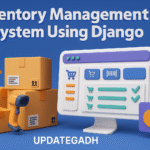
Best Personal Expense Tracker Using Python (Django Based)
Personal Expense Tracker
A simple yet powerful project designed to help individuals manage their finances effectively — the Personal Expense Tracker is a web-based application developed using the Django framework. It enables users to log, categorize, and analyze their daily expenses with ease. The system also integrates intelligent features such as automated expense categorization and future expense prediction, making it a complete personal finance assistant.
Best Final Year Project For Data Science :–Click Here
Developed and tested by UPDATEGADH, this project is an excellent example of how Django can be used to create data-driven applications that serve practical, real-life purposes for both students and professionals.
Project Overview
| Project Name | Personal Expense Tracker |
|---|---|
| Language/s Used | Python, HTML, CSS |
| Database | SQLite / MySQL |
| Type | Web Application |
Introduction
Managing personal expenses is an essential part of daily life, yet many people struggle to keep track of where their money goes. The Personal Expense Tracker aims to simplify this process by allowing users to record their expenses, analyze spending patterns, and predict future expenses — all through a simple and interactive dashboard.
Best Advanced Python Projects:-Click Here
As a student working on this project, I learned how Django can be leveraged to create structured and secure web applications. This system not only strengthens backend development skills but also teaches how to integrate machine learning-based automation into real-world web projects.
This project is ideal for college students, beginners in web development, or anyone interested in understanding how financial management systems are built from scratch.
Available Features
This Django-based web application includes the following core features:
1. Expense Logging
Users can easily log their day-to-day expenses by providing details such as date, description, amount, and category.
This structured data entry allows the application to build a clear record of all transactions, which can later be viewed in tabular or graphical form.
2. Automated Expense Categorization
One of the project’s unique highlights is its machine learning-driven categorization system.
When a user enters a new expense, the system analyzes its description and automatically assigns a suitable category such as Food, Transport, Bills, or Entertainment.
This automation helps reduce manual work and improves data consistency.
3. Future Expense Prediction
The system uses predictive algorithms to analyze spending trends and forecast upcoming expenses.
Based on the user’s spending history, it estimates how much the user is likely to spend in the future, enabling better budgeting decisions.
4. User Authentication and Security
Each user can create a personal account and securely manage their own expenses.
The login and registration modules ensure that user data remains private and protected.
5. Interactive Dashboard
The dashboard provides an organized view of all logged expenses, categorized totals, and predictions.
This gives users a visual understanding of their spending patterns and helps in better financial planning.
Download New Real Time Projects :–Click here
Installation Guide (VS Code Setup)
To set up and run the Personal Expense Tracker project in your local environment using Visual Studio Code (VS Code), follow the step-by-step guide below.
Step 1: Install Required Software
Before starting, make sure you have the following installed:
- Python (version 3.8 or higher)
- VS Code Editor
- pip (Python package installer)
- Django framework
Step 2: Open Project in VS Code
- Extract the project folder (
Expensetracker-master) from the ZIP file. - Open VS Code → click on File → Open Folder → select your project directory.
Step 3: Create and Activate a Virtual Environment
Creating a virtual environment helps isolate project dependencies.
python -m venv venv
Activate it:
For Windows:
venv\Scripts\activate
For macOS/Linux:
source venv/bin/activate
Step 4: Install Dependencies
Install all required packages using:
pip install -r requirements.txt
Step 5: Apply Migrations
Run the following commands to set up your database schema:
python manage.py makemigrations
python manage.py migrate
Step 6: Create Superuser (Admin)
To access the admin panel, create an admin account:
python manage.py createsuperuser
Follow the prompts to set your username, email, and password.
Step 7: Run the Development Server
Start the Django development server:
python manage.py runserver
Step 8: Access the Application
Open your browser and go to:
http://127.0.0.1:8000/
You can now register, log in, and start tracking your expenses.
Usage Guide
Once the application is successfully running, users can interact with different modules through an intuitive interface.
Here’s how the application is typically used:
1. User Registration & Login
New users can create an account by providing basic information such as name, email, and password.
Returning users can log in securely to access their expense data.
2. Adding an Expense
Click on the “Add Expense” button to enter new transactions.
Fill out the following fields:
- Date – When the expense occurred.
- Description – Details of the transaction (e.g., “Lunch at café”).
- Amount – The total amount spent.
- Category – (Optional) If left blank, the system automatically assigns one using machine learning-based categorization.
3. Viewing Expense History
All recorded expenses appear in a well-organized table with filtering options.
Users can view details by category or by date range to understand their spending trends.
4. Checking Expense Predictions
The dashboard includes a Future Expense Prediction section, where the system analyzes historical data to forecast probable future spending.
This predictive insight helps users set realistic budgets and save money effectively.
5. Admin Panel (For Superusers)
Admins have complete control over:
- Managing users
- Adding or editing expense categories
- Viewing all expense records across the system
Admins access the panel by visiting:
http://127.0.0.1:8000/admin/
They can update records, delete unnecessary data, and maintain overall system integrity.
Best Final Year Project For SPRINGBOOT:–Click Here
Why This Project Is Useful for Students
As a student project, the Personal Expense Tracker serves as both a practical tool and a learning opportunity.
- Practical Financial Awareness:
Students often struggle with budgeting. This project encourages financial discipline by helping them visualize where their money goes. - Django Learning Experience:
It provides hands-on experience with Django’s powerful Model-View-Template (MVT) structure, authentication system, and database integration. - Machine Learning Integration:
The automated categorization and expense prediction modules introduce beginners to data-driven decision-making using AI concepts. - Database and CRUD Operations:
Students get familiar with essential backend operations such as data storage, retrieval, and manipulation using SQL-based databases. - Professional Portfolio Addition:
Building and running this project adds a valuable entry to any student’s portfolio, showcasing their capability in full-stack web development. - Real-Life Application:
Beyond academics, anyone can use this system to genuinely manage their personal finances — turning a college project into a day-to-day tool.
Best Final Year Project For JSP :- Click Here
Technical Highlights
- Backend Framework: Django (Python)
- Frontend: HTML, CSS, Bootstrap for responsive design
- Database: SQLite by default (can easily switch to MySQL)
- Authentication: Django’s built-in authentication system
- Machine Learning Models: Used for auto categorization and expense forecasting
- Scalability: Modular structure allows easy integration of new features like charts or data exports
Best Final Year Project For JAVA :- Click Here
We have Best projects Available in all languages:–Click Here
python expense tracker project with source code python expense-tracker project github expense tracker using python project ppt personal expense tracker project expense tracker project using html, css and javascript expense tracker python project report expense tracker project using html, css and javascript github daily expense tracker system project report pdf personal expense tracker using python github personal expense tracker using python with source code personal expense tracker using python example personal expense tracker project in python personal expense tracker project github personal expense tracker project ppt expense tracker project with source code personal expense tracker project report expense tracker project using html, css and javascript githubdaily expense tracker system project report pdf expense tracker project documentation personal expense tracker project with source code personal expense tracker project report pdf personal expense tracker project pdf
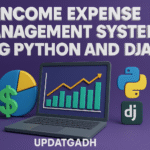
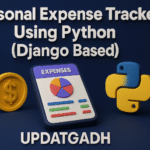
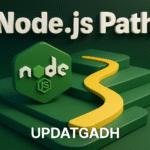
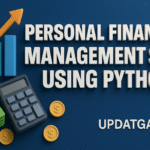

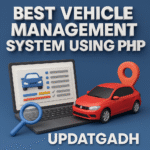
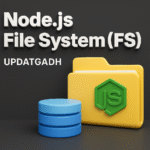
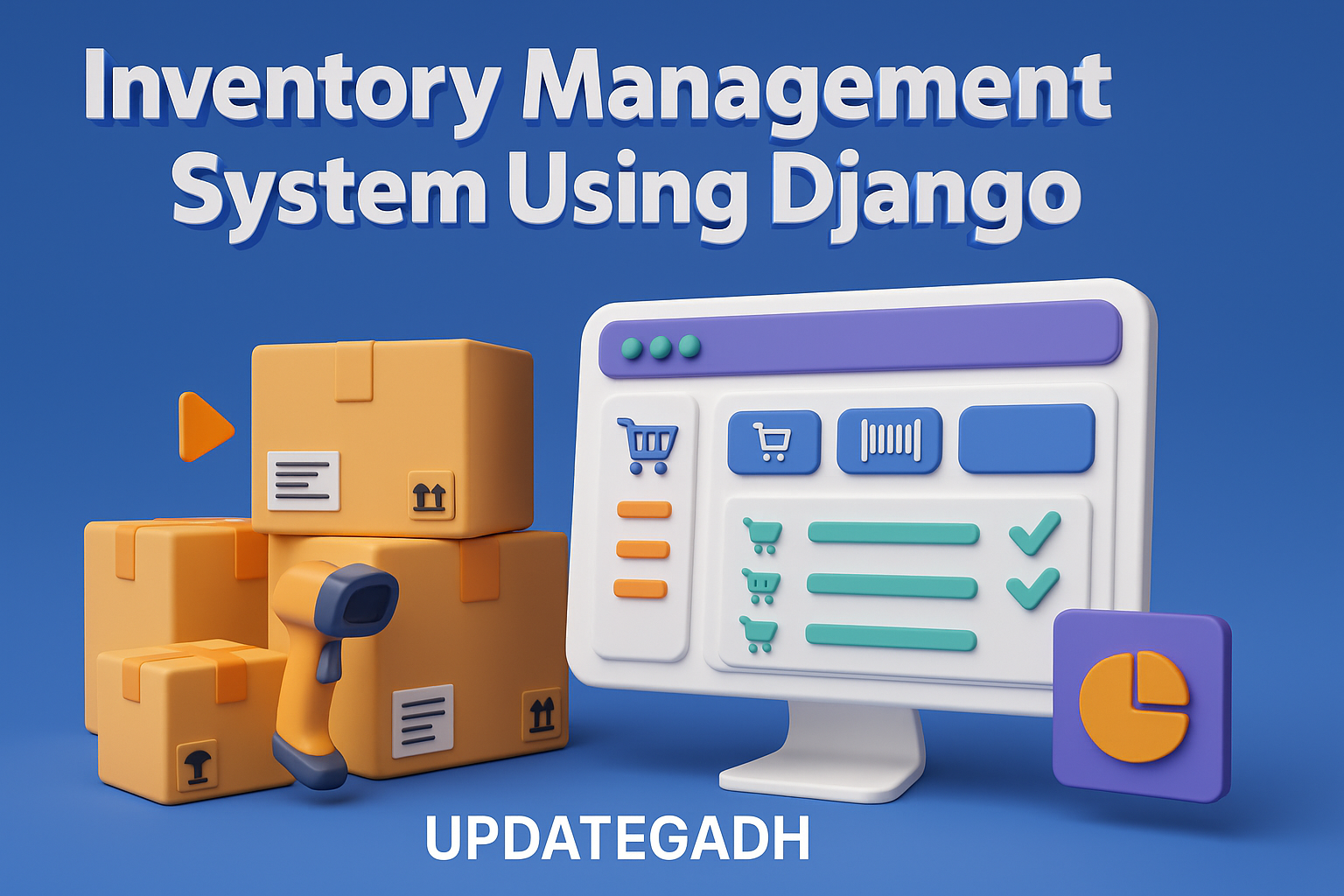
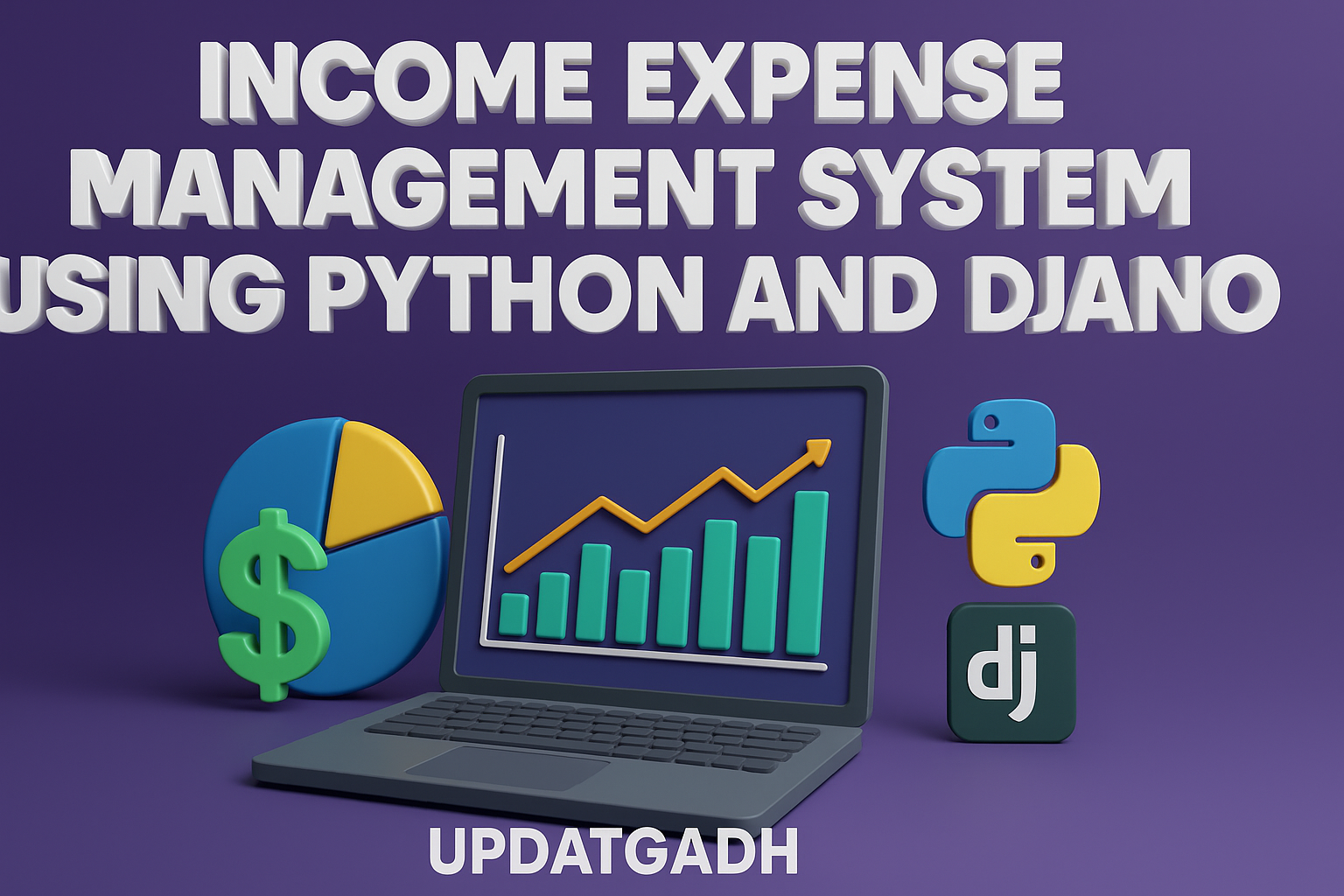

Post Comment